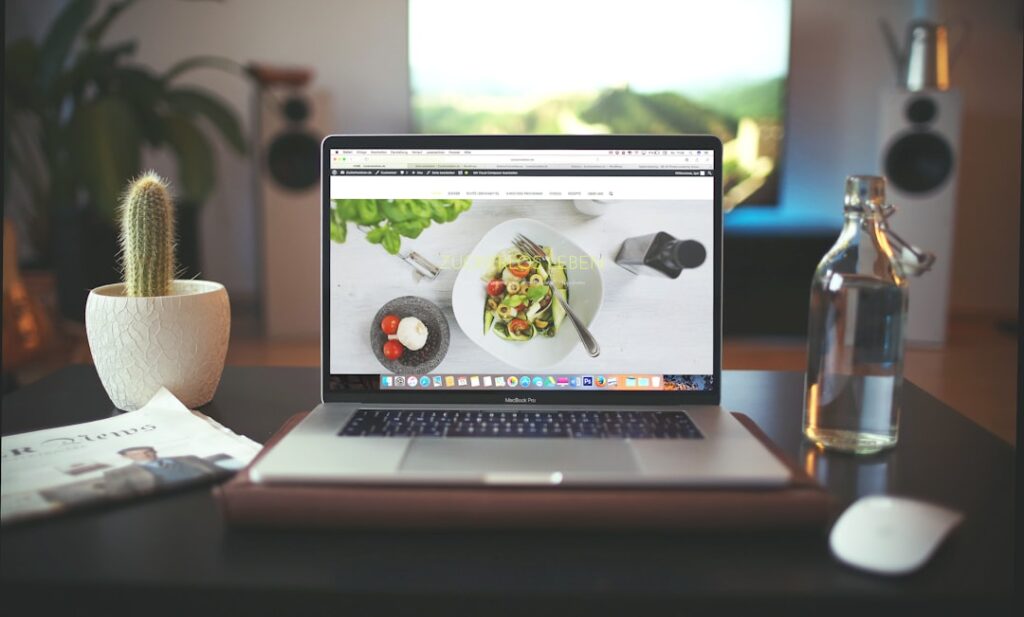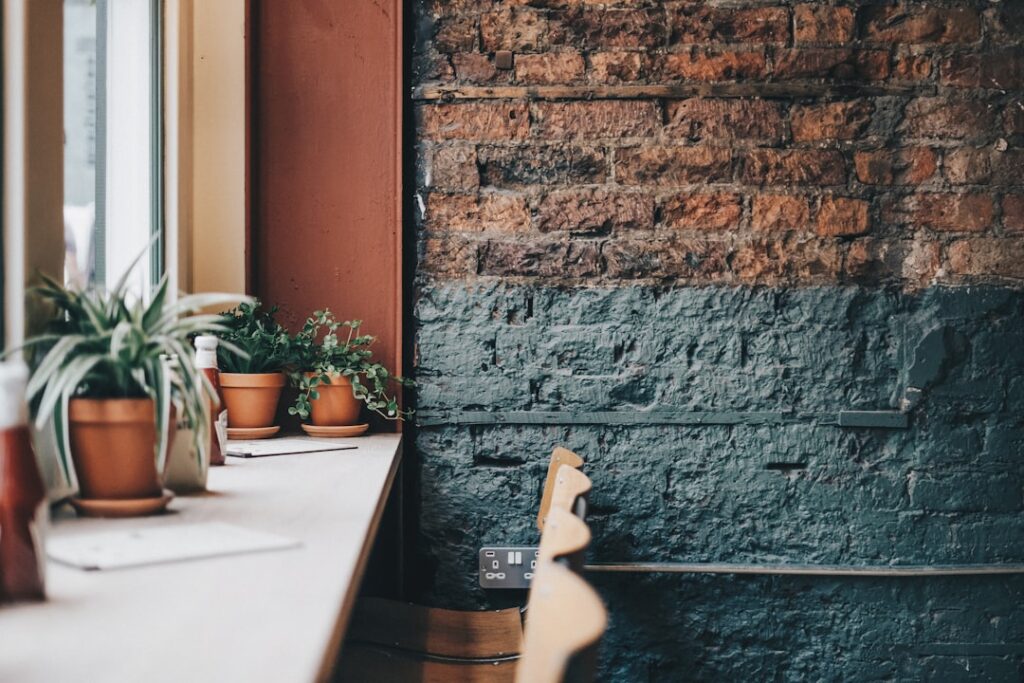The significance of office interior design extends far beyond mere aesthetics; it plays a crucial role in shaping the overall work environment and influencing employee productivity, morale, and well-being. A thoughtfully designed office can enhance creativity, foster collaboration, and promote a sense of belonging among employees. Research has shown that the physical workspace can impact job satisfaction and performance.
For instance, a study conducted by the University of Exeter found that well-designed workspaces can increase productivity by up to 15%. This statistic underscores the necessity for organizations to invest in their office interiors as a means of optimizing employee output and satisfaction. Moreover, the design of an office can reflect a company’s brand identity and culture.
An innovative tech startup may opt for an open layout with vibrant colors and modern furnishings to convey a sense of creativity and forward-thinking. In contrast, a law firm might choose a more traditional design with muted tones and classic furniture to project professionalism and stability. The interior design of an office serves as a silent communicator of the company’s values and mission, influencing how clients and visitors perceive the organization.
Therefore, it is essential for businesses to consider their unique identity when designing their workspaces, ensuring that the environment aligns with their brand ethos.
Key Takeaways
- A well-designed office interior can improve employee productivity and morale, as well as leave a positive impression on clients and visitors.
- Choosing the right color scheme can impact the mood and energy of the office, with calming blues and greens promoting focus and productivity, while vibrant yellows and oranges can encourage creativity and energy.
- Maximizing natural light in the office can improve mood and reduce eye strain, leading to a more comfortable and productive work environment.
- Incorporating ergonomic furniture can help prevent workplace injuries and improve employee comfort and productivity.
- Creating collaborative spaces within the office can encourage teamwork and creativity, leading to more innovative and efficient work.
Choosing the Right Color Scheme
The Psychology of Colors
For example, blue is often associated with calmness and focus, making it an ideal choice for areas where concentration is paramount, such as individual workstations or meeting rooms. On the other hand, warmer colors like yellow and orange can stimulate creativity and energy, making them suitable for brainstorming areas or collaborative spaces.
Considering the Design Theme
When choosing a color palette, it is essential to consider not only the psychological effects of colors but also how they interact with natural light and the overall design theme. A monochromatic scheme can create a sleek and modern look, while a complementary color palette can add vibrancy and interest to the space.
Adding Accent Colors
Additionally, incorporating accent colors through artwork, furniture, or decorative elements can enhance the overall aesthetic without overwhelming the senses. Ultimately, the right color scheme should reflect the company’s culture while promoting a positive and productive work environment.
Maximizing Natural Light
Natural light is one of the most valuable resources in an office setting, contributing to employee well-being and productivity. Studies have shown that exposure to natural light can improve mood, reduce stress levels, and even enhance cognitive function. Therefore, maximizing natural light in an office design should be a priority for any organization looking to create a healthy work environment.
This can be achieved through strategic placement of windows, skylights, and glass partitions that allow light to flow freely throughout the space. In addition to increasing the amount of natural light, it is also important to consider how it interacts with the office layout. Open floor plans can facilitate light distribution, while strategically placed mirrors can help reflect light into darker corners of the office.
Furthermore, using lighter colors for walls and furnishings can amplify the effects of natural light, creating an airy and inviting atmosphere. By prioritizing natural light in office design, companies can foster a more vibrant and energizing workspace that supports employee well-being.
Incorporating Ergonomic Furniture
The integration of ergonomic furniture into office design is essential for promoting employee health and comfort. With many employees spending long hours at their desks, investing in ergonomic chairs, desks, and accessories can help prevent musculoskeletal disorders and improve overall well-being. Ergonomic chairs are designed to support the natural curvature of the spine, providing adequate lumbar support and promoting good posture.
Adjustable desks allow employees to alternate between sitting and standing throughout the day, which has been shown to reduce fatigue and increase energy levels. Incorporating ergonomic furniture goes beyond just individual workstations; it also includes collaborative areas where teams gather for meetings or brainstorming sessions. Adjustable seating options and movable tables can create flexible environments that accommodate various working styles and preferences.
By prioritizing ergonomics in office design, organizations not only enhance employee comfort but also demonstrate a commitment to their health and productivity.
Creating Collaborative Spaces
In today’s dynamic work environment, fostering collaboration among employees is crucial for innovation and problem-solving. Designing collaborative spaces within an office can facilitate teamwork and communication while breaking down silos between departments. These spaces can take various forms, from informal lounges equipped with comfortable seating to dedicated meeting rooms with advanced technology for presentations and brainstorming sessions.
When designing collaborative spaces, it is important to consider the needs of different teams and their working styles. Some groups may thrive in open areas that encourage spontaneous discussions, while others may prefer more structured environments with privacy for focused work. Incorporating flexible furniture arrangements allows teams to adapt the space according to their specific requirements.
Additionally, integrating technology such as interactive whiteboards or video conferencing tools can enhance collaboration by enabling seamless communication among team members, regardless of their physical location.
Managing Clutter and Organization
Optimizing Storage Solutions
Implementing storage solutions such as cabinets, shelves, and filing systems can help keep workspaces tidy while providing easy access to necessary materials. Additionally, utilizing vertical space through wall-mounted storage options can maximize floor area while minimizing clutter.
Personalization and Organization
Encouraging employees to personalize their workspaces while maintaining organization is also vital. Providing designated areas for personal items or decorative elements allows individuals to express their personality without compromising the overall tidiness of the office.
Maintaining Order in Shared Spaces
Furthermore, establishing clear guidelines for shared spaces—such as meeting rooms or communal kitchens—can help maintain orderliness throughout the office. By prioritizing organization in office design, companies can create an environment that promotes focus and reduces distractions.
Adding Personal Touches
Incorporating personal touches into office interior design can significantly enhance employee engagement and satisfaction. When individuals feel a sense of ownership over their workspace, they are more likely to be motivated and invested in their work. Personal touches can take many forms, from artwork created by employees to photographs that reflect team achievements or company values.
Allowing employees to customize their workstations fosters a sense of belonging and encourages creativity. Additionally, communal areas can benefit from personal touches that reflect the company culture or local community. For instance, displaying artwork from local artists or featuring plants native to the region can create a welcoming atmosphere that resonates with employees.
Organizing events that celebrate employee achievements or milestones can further strengthen connections among team members while adding character to the workspace. By embracing personal touches in office design, organizations can cultivate a positive culture that values individuality and collaboration.
Utilizing Technology for Efficiency
The integration of technology into office interior design is essential for enhancing efficiency and streamlining workflows. Modern offices are increasingly equipped with smart technology that facilitates communication, collaboration, and project management. For example, implementing cloud-based tools allows teams to access documents from anywhere, promoting flexibility in how work is conducted.
Additionally, utilizing project management software can help teams stay organized and on track with deadlines. Moreover, incorporating advanced audiovisual equipment in meeting rooms enhances communication during presentations or video conferences. Interactive displays enable real-time collaboration among team members who may be working remotely or across different locations.
Furthermore, smart lighting systems that adjust based on occupancy or time of day can contribute to energy efficiency while creating a comfortable working environment. By leveraging technology in office design, organizations can optimize workflows and create a more agile workplace that meets the demands of today’s fast-paced business landscape.
If you are looking to enhance the interior design of your office, you may want to consider incorporating standing desks or height-adjustable desks. These types of desks can not only improve the aesthetics of your workspace but also promote better health and productivity among employees. To learn more about the benefits of standing desks versus height-adjustable desks, check out this informative article here.
FAQs
What is interior design for office?
Interior design for office is the process of creating a functional and aesthetically pleasing work environment. It involves designing the layout, selecting furniture and decor, and considering factors such as lighting, acoustics, and ergonomics.
Why is interior design important for office spaces?
Interior design is important for office spaces because it can impact employee productivity, morale, and well-being. A well-designed office can also make a positive impression on clients and visitors.
What are some key elements of interior design for office spaces?
Key elements of interior design for office spaces include space planning, furniture selection, color scheme, lighting design, and incorporating elements that promote a healthy and productive work environment.
How can interior design for office spaces improve productivity?
Effective interior design for office spaces can improve productivity by creating a comfortable and efficient work environment, reducing distractions, and promoting collaboration and creativity among employees.
What are some current trends in office interior design?
Current trends in office interior design include open floor plans, flexible workspaces, biophilic design (incorporating nature into the office), and the use of sustainable and eco-friendly materials.
What are some common challenges in office interior design?
Common challenges in office interior design include maximizing limited space, creating a balance between privacy and collaboration, and accommodating the diverse needs and preferences of employees.




